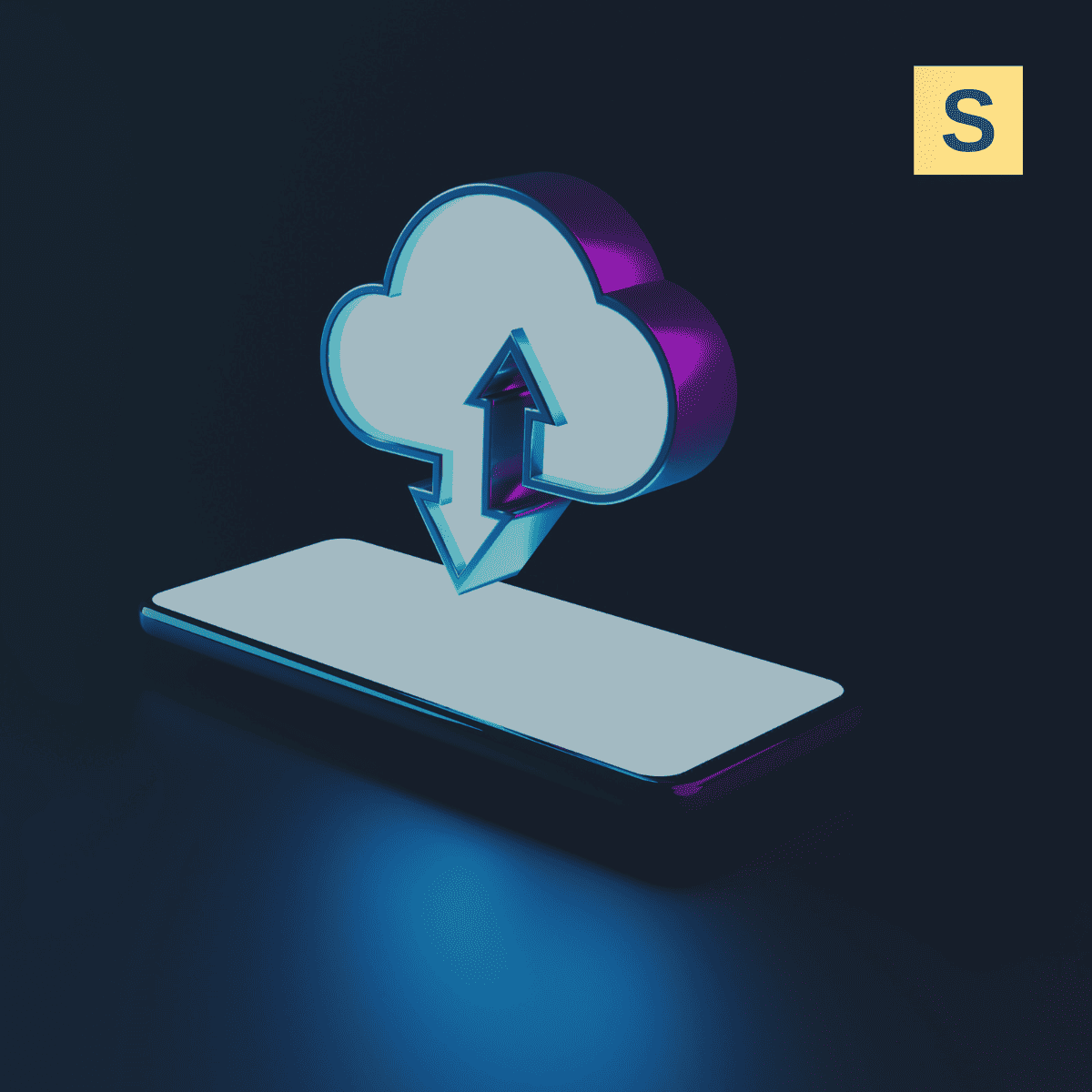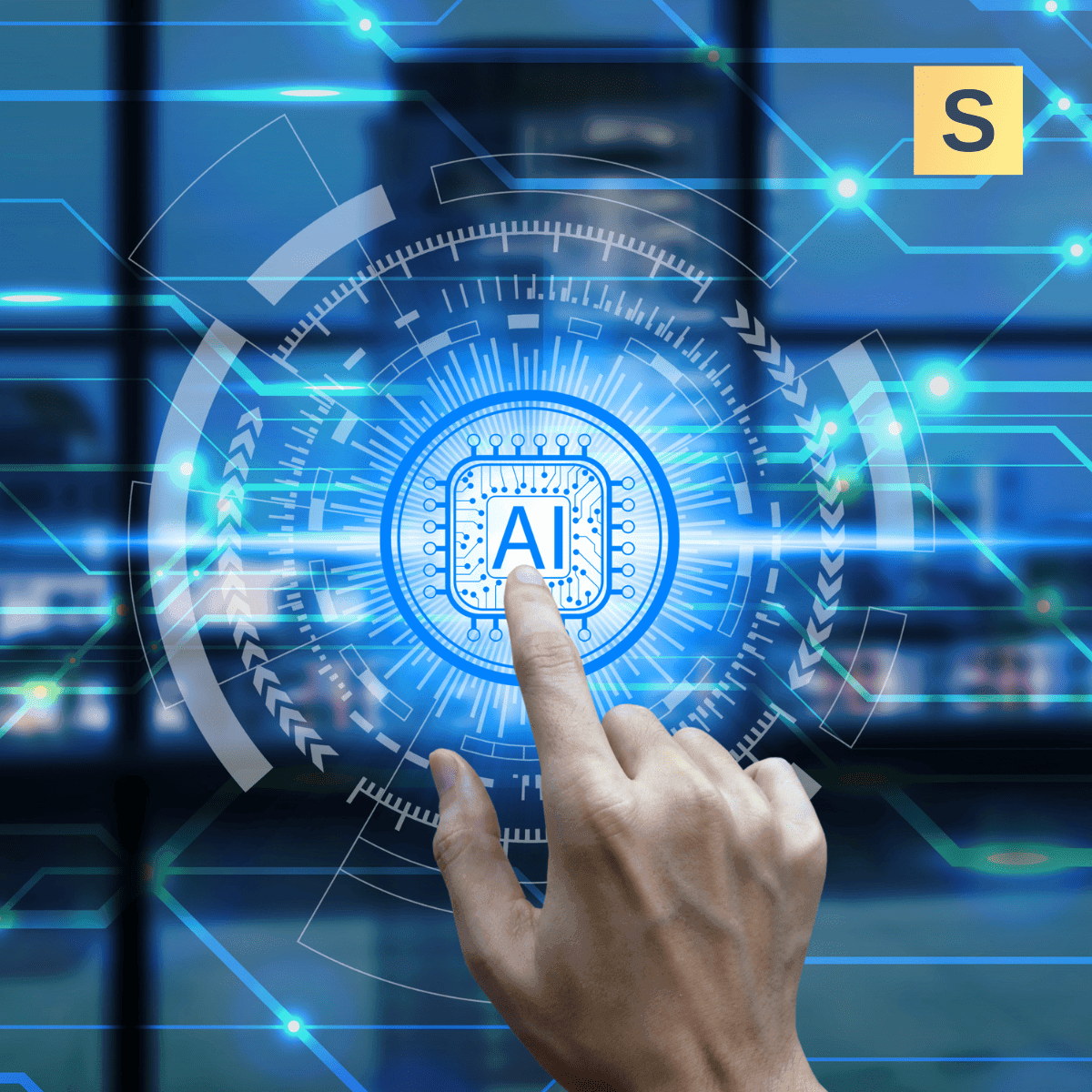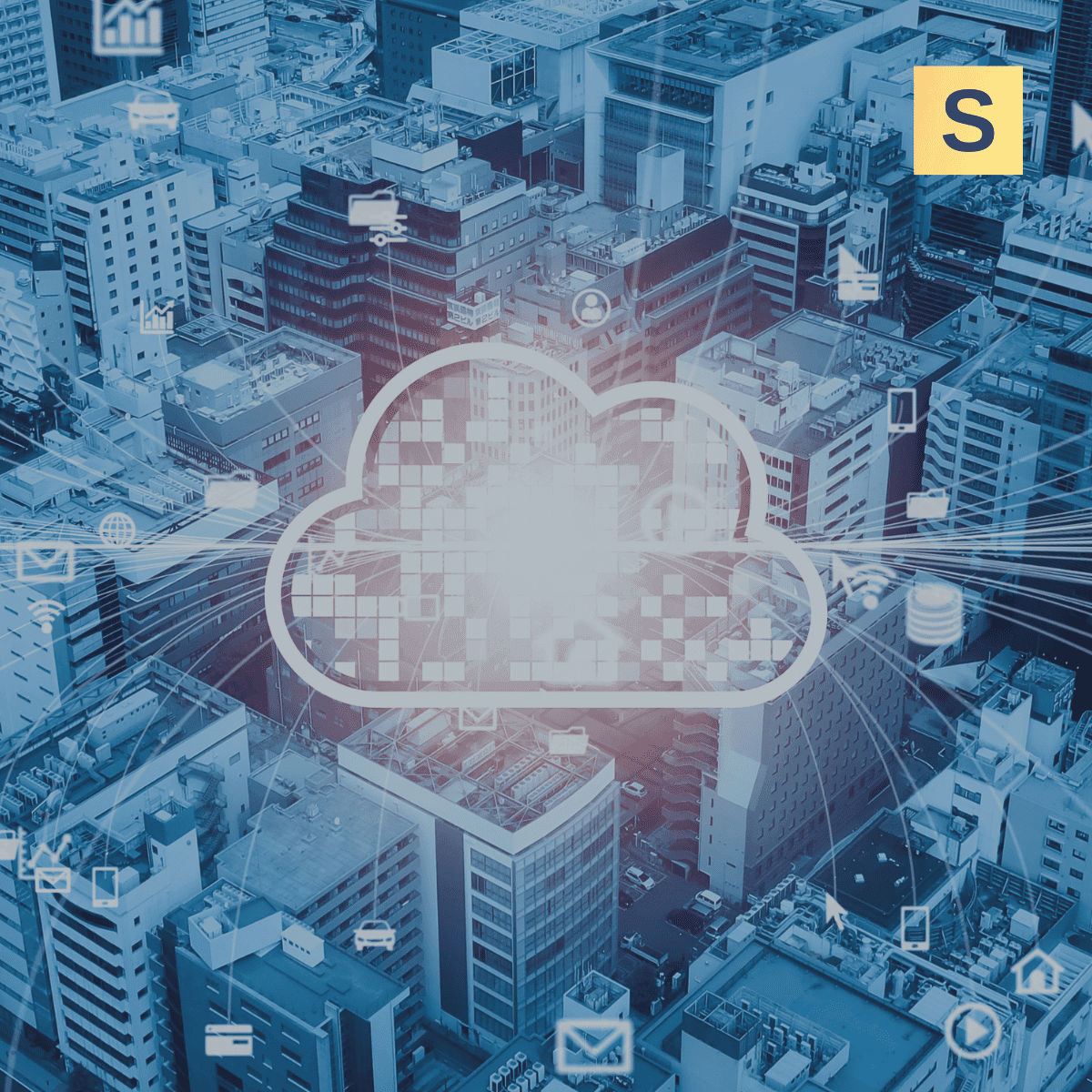As a web & mobile development company working with SaaS businesses since 2017, Seedium understands the critical importance of clear communication around technical concepts and terminology for project success. That’s why we created this ultimate glossary of SaaS technology terms, breaking down complex jargon into clear and simple definitions.
A-G
Access Control
Access control is a data security mechanism that governs who is granted access to certain objects, resources, and locations in a SaaS application. It defines specific roles within the application to determine users' access levels and permitted actions. Effective access control helps organizations prevent unauthorized access, comply with regulations, and minimize the risks of data breaches.
Application Programming Interface (API)
Application Programming Interfaces (APIs) are sets of protocols that enable different software systems to exchange data. Developers use APIs to facilitate communication and interoperability between various components within an application or with third-party services like payment gateways, email platforms, and maps. APIs allow applications to share data and use each other's functions without rewriting the underlying logic.
Auto-Scaling
Autoscaling is a scaling method used in cloud applications that automatically adjusts resources up or down based on the application’s workload and demand. Most cloud computing providers, including AWS, Azure, and Google Cloud, offer autoscaling tools to help organizations optimize costs and eliminate the need for manual intervention by dynamically changing the number of active servers.
Big Data
Big Data refers to large and complex datasets that require special technologies and techniques for effective management and analysis. Big Data is characterized by high volume, velocity, and variety. Companies can use Big Data to find hidden patterns and trends to guide smarter decision-making.
Business Intelligence
Business Intelligence (BI) is a strategy that helps company leaders make smarter decisions by analyzing company data. It brings together tools like business analytics, data mining, and data visualization to turn raw data into useful business insights.
Cloud Computing
Cloud computing is an on-demand delivery model of computing services that allows users to access resources such as servers, storage, databases, and more from remote data centers provided by cloud service providers. Cloud computing eliminates the need for physical servers and helps organizations scale resources easily as the load grows.
Continuous Integration/Continuous Deployment (CI/CD)
CI/CD is a common DevOps practice that helps development teams automate the processes of building, testing, and deploying software. It combines Continuous Integration (CI) and Continuous Deployment/Delivery (CD). This approach allows development teams to deliver updates faster and minimize the risk of defects.
Containerization
Containerization is a method of packaging and running software so that it works reliably across different computing environments. Developers use containerization to ensure their apps run the same in development, testing, and production. Popular tools for containerization include Docker and Kubernetes.
Collaborative Editing
Collaborative editing is a feature that allows several users to work in the same environment simultaneously. Any changes made are reflected in real-time for all editors. Collaborative software includes project management tools, communication tools, file sharing, design tools, and more. Collaborative editing requires integration of real-time data syncing, user access control, version history, and conflict resolution mechanisms.
Data Mapping
Data mapping is the process of connecting a data field from one source to a data field in another source to enable efficient data transition and usage. It’s a crucial step in data management tasks like migration, integration, and warehousing that ensures consistency and accuracy across systems.
Data Warehouse
A data warehouse is a centralized system designed to store, organize, and manage large volumes of data. Unlike regular databases used for day-to-day operations, data warehouses are optimized for reading and querying historical data rather than frequent updates. Organizations use data warehouses to support business intelligence, generate reports, identify trends, and make data-driven decisions.
Data-as-a-Service (DaaS)
Data-as-a-Service (DaaS) is a cloud-based model that provides users with on-demand access to data through APIs or web services. It doesn’t require managing the underlying infrastructure or storage and enables organizations to access real-time or pre-processed data from various sources.
Edge Computing
Edge computing is a distributed computing approach that processes data closer to the data source. This can include IoT devices, sensors, or local servers. Edge computing reduces latency, improves response times, and lowers bandwidth usage by handling time-sensitive data locally.
Fault Tolerance
Fault tolerance refers to a system's ability to remain available and reliable despite unexpected errors. It is commonly employed in critical systems, such as cloud services, data centers, and distributed applications, to prevent downtime and data loss. This approach helps maintain system stability and user trust by minimizing disruptions.
Feature-Driven Development
Feature-Driven Development refers to a software development methodology that focuses on client-valued features, breaking down projects into manageable parts. FDD emphasizes upfront planning, design, and regular feature-based builds. It promotes collaboration between developers, project managers, and stakeholders.
GDPR Compliance
GDPR Compliance refers to adhering to the General Data Protection Regulation (GDPR), a European Union law that governs how organizations collect, process, and protect the personal data of EU citizens. It ensures individuals have control over their data and mandates strict requirements for data privacy, security, and transparency.
To remain compliant, organizations must obtain explicit consent, implement data minimization, provide users with the right to access and delete their data, and notify them promptly in the event of a data breach.
H-O
HIPAA Compliance
HIPAA Compliance refers to adherence to the Health Insurance Portability and Accountability Act, a U.S. federal law. Its primary goals are to ensure the confidentiality, integrity, and availability of protected health information (PHI), improve the efficiency of the healthcare system, and safeguard individuals' medical data.
To achieve HIPAA Compliance, organizations must implement administrative, physical, and technical safeguards; conduct regular risk assessments; train employees on privacy practices; ensure secure data transmission and storage; and establish procedures for breach notification.
Horizontal Scalability
Horizontal scaling is a method of increasing a system’s capacity by adding more servers or nodes to a network. This approach is commonly used in cloud computing and distributed systems, where it allows services to handle increased traffic or data processing demands.
Hybrid Cloud
A hybrid cloud is an IT infrastructure model that combines private and public cloud services. Hybrid cloud offers greater flexibility, scalability, and cost-efficiency by allowing organizations to run workloads in the most suitable environment. Usually, organizations keep sensitive data on secure private systems and use the scalability and innovation of public clouds for less critical tasks.
Infrastructure As A Service (IaaS)
Infrastructure as a Service (IaaS) is a cloud computing model that allows businesses to rent resources such as servers, networking systems, and storage from third-party providers, instead of purchasing and managing their own physical infrastructure. This allows organizations to access highly scalable virtual resources on a pay-as-you-go basis without investing in physical data centers.
Instant Messaging
Instant messaging is a real-time, text-based communication method that connects two or more users via a digital network. It allows for instant message exchange and often comes with features like file sharing, voice, and video calls. SaaS companies incorporate instant messaging into their platforms to simplify user communication and keep them engaged with the products.
Load Balancing
Load balancing is the process of distributing incoming network traffic or workload evenly across multiple servers or resources to ensure optimal performance, reliability, and availability. It’s commonly used in web applications, cloud environments, and large-scale systems to handle high volumes of user requests efficiently.
Multi-Tenancy
Multi-tenancy is a software architectural approach where one application is used by many different customers (called tenants), but each customer's data and settings are kept separate and private. SaaS companies implement multi-tenancy to maximize resource efficiency, scalability, and maintainability by allowing multiple users to share the same infrastructure while preserving data privacy and customized experiences.
Monolithic Architecture
Monolithic architecture is a traditional software design approach where developers build all components of an application into a single, unified codebase. This allows for simplicity in development and deployment, as the entire application is packaged and managed as one unit. At the same time, monolithic applications can become difficult to scale, update, or maintain over time because changes in one part may affect the whole system.
Microservices
Microservices is a software architecture that organizes applications as a collection of small, independent services, each responsible for a specific business function. This approach allows teams to develop, deploy, and scale services independently, improving flexibility, fault isolation, and faster delivery.
Multi-Factor Authentication (MFA)
Multi-factor authentication (MFA) is a security mechanism that requires users to verify their identity using two or more different types of credentials. These factors typically include something the user knows (like a password), something the user has (such as a mobile device or security token), and something the user is (biometric data like fingerprints or facial recognition). MFA’s main goal is to enhance security by adding additional layers of verification, making it much harder for unauthorized users to access accounts even if one credential is compromised.
Network Latency
Network latency is the amount of time it takes for data to travel from one point to another within a network. It directly affects the speed and responsiveness of online applications and services. High latency can cause delays, slow loading times, and reduced performance, especially in real-time communications or gaming.
Notification System
A notification system is a feature or service that delivers alerts, messages, or updates to users across various channels such as email, SMS, push notifications, or in-app messages. Its main goal is to keep users informed and engaged by providing timely and relevant information, such as reminders, status changes, or promotional offers.
OAuth
OAuth (Open Authorization) is an authorization protocol that allows users to grant third-party applications limited access to their resources without sharing their passwords. Developers set up OAuth by allowing servers to issue access tokens, letting apps request permissions, and controlling what data apps can access and for how long.
P-W
Public Cloud
A public cloud is a type of cloud computing environment where services are delivered over the Internet by third-party providers and shared among multiple users or organizations. Its main goal is to offer scalable, cost-effective, and easily accessible computing resources without the need for users to manage physical hardware.
PWA (Progressive Web App)
A Progressive Web Application, or PWA, is an intermediate technology between websites and native mobile applications. Progressive web apps work directly in web browsers and can operate across devices. The main goal of PWA is to combine the best of web and mobile apps, providing app-like performance and features that users can access easily without needing to install from an app store.
Role-Based Access Control (RBAC)
Role-Based Access Control (RBAC) is a security model used in SaaS applications to manage user permissions based on predefined roles within an organization (e.g., admin, editor, viewer). The primary goal of RBAC is to grant users only the permissions necessary to perform their duties, thereby reducing the risk of unauthorized access and simplifying permission administration.
Responsive Web Design
Responsive Web Design is an approach to web development that ensures websites adapt seamlessly to various screen sizes, resolutions, and devices. It uses flexible layouts, fluid grids, and CSS media queries to dynamically adjust the content and design elements based on the user’s viewing environment.
REST APIs
REST APIs are an architectural style for APIs that enable communication between client and server over HTTP requests. The main goal of REST APIs is to provide a simple, scalable, and uniform interface for integrating and exchanging data between systems, making them especially well-suited for SaaS applications and distributed web services.
Scalable Infrastructure
Scalable infrastructure refers to the design and deployment of IT systems that enable applications to handle varying workloads, user growth, or traffic spikes by dynamically allocating resources. The main goal is to support app growth and deliver reliable services at scale.
Software as a Service (SaaS)
SaaS (Software as a Service) is a cloud-based software delivery model in which applications are hosted by a provider and accessed by users over the Internet. Instead of installing and maintaining software on individual devices, users subscribe to and use the software on demand, with the provider handling infrastructure, updates, security, and scalability.
Single Page Application (SPA)
A Single Page Application (SPA) is a web application that dynamically updates content within the page as the user interacts with the app, without requiring full page reloads. The main goal of an SPA is to improve performance and responsiveness by reducing server load and minimizing page refreshes. The SPA approach is usually used in projects that require a dynamic and fast user experience, such as social media platforms, email clients, project management tools, etc.
Single-Tenant Architecture
Single-tenant architecture is a software deployment model in which each customer (tenant) has a dedicated instance of the application and its supporting infrastructure. Unlike multi-tenant architecture, where multiple customers share the same instance, single-tenant setups provide complete isolation of data, configurations, and performance for each tenant.
In SaaS, it’s usually used for enterprise applications with strict compliance, data isolation, or customization requirements.
Single Sign-On (SSO)
Single Sign-On (SSO) is an authentication method that allows users to access multiple applications or systems with a single set of login credentials. SSO makes things safer and easier for users by letting them log in once to access many services, so they don’t have to remember and manage lots of different passwords.
Unstructured Data
Unstructured data refers to data that does not have a predefined format or organized structure and is difficult to store and analyze using traditional databases. Examples include emails, videos, images, audio files, social media posts, and documents like PDFs or Word files. The main challenge with unstructured data is managing and making sense of its volume, variety, and lack of standardization.
User Journey Mapping
User journey mapping is the process of visually outlining the steps a user takes when interacting with a product. It can capture the user's goals, actions, thoughts, and emotions at each stage, helping product teams understand the overall experience from the user's perspective.
Vertical Scalability
Vertical scalability refers to increasing the capacity of a single server or system by adding more powerful resources, such as CPU, RAM, or storage. This approach enhances the system’s ability to handle greater workloads without changing the application’s architecture or distributing the load across multiple machines.
Workflow Automation
Workflow automation refers to using technology to optimize repetitive business tasks or processes without manual intervention. It involves setting up rules, triggers, and actions, as well as integrating AI so that software can automatically perform tasks through a defined sequence.
Feel free to check out our SaaS app development servicesto find out how Seedium can help you grow with confidence!




